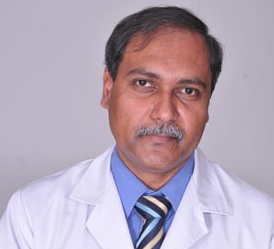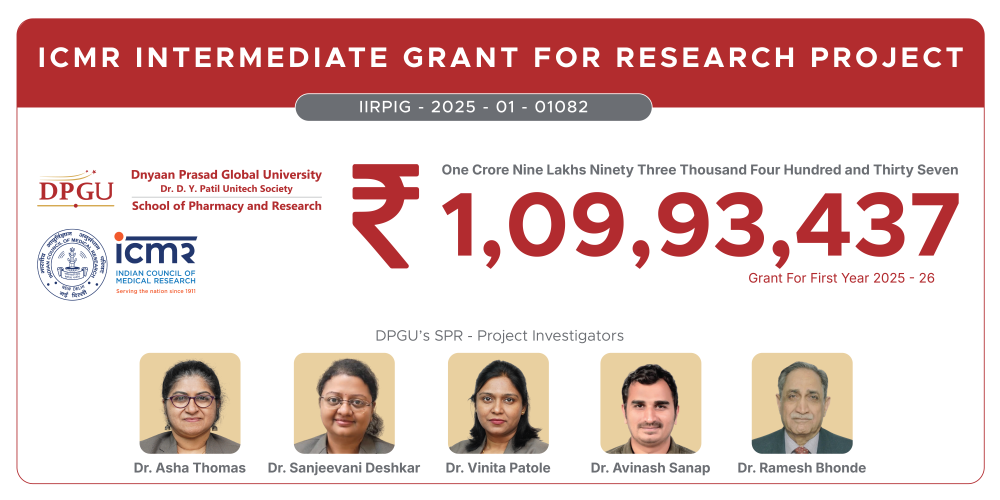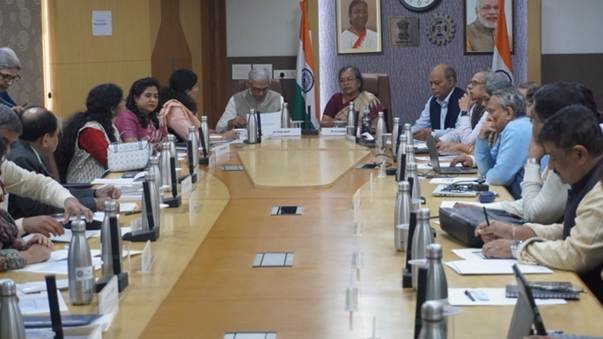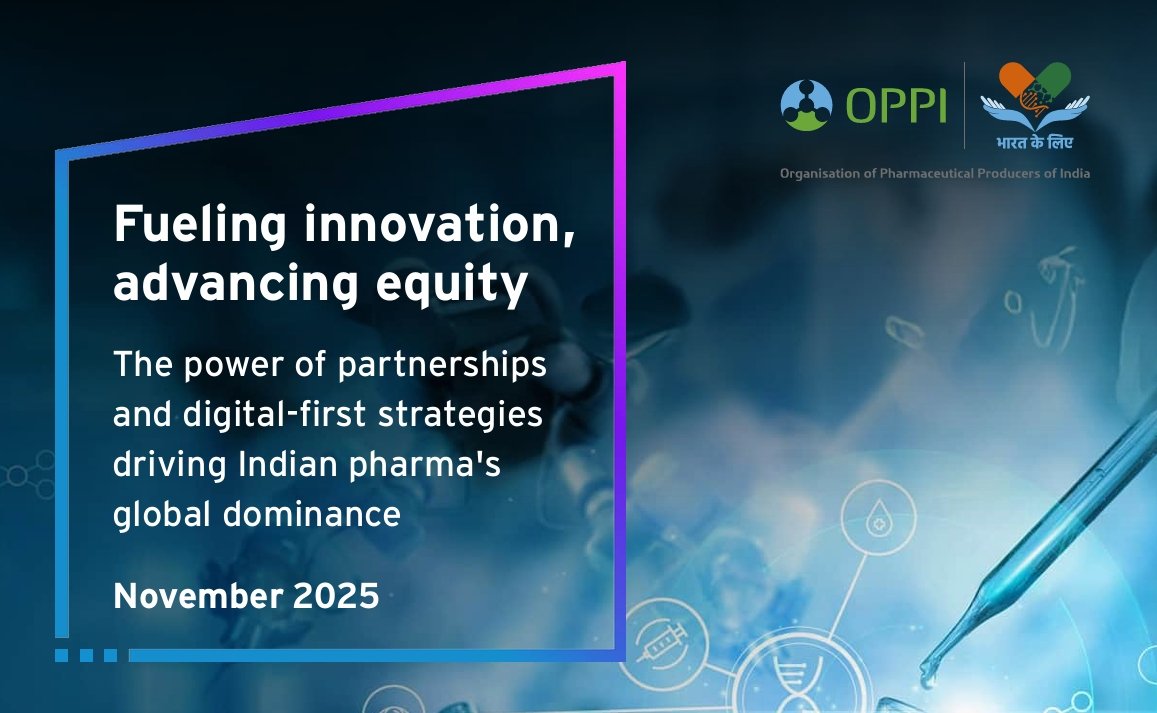“Many affordable AI technologies can be implemented in LMIC for stroke management”
June 23, 2021 | Wednesday | Interviews
Stroke is listed as a disease of public health significance in the 21st century. In both developed and developing countries, people are suffering from Hypertension in large numbers, which continues to be the leading risk factor for causing brain Stroke. According to the World Stroke Organization (WSO), each year, over 13 million people will have a Stroke and approximately 5.5 million people will die as a result.
In association with BioSpectrum, Mumbai-based health-tech firm Qure.ai’s Supriya Medapati, VP, Product & Growth, touched base with Dr Jeyaraj Pandian, Principal, and Professor of Neurology at Christian Medical College (CMC) Ludhiana and Vice-President of World Stroke Organisation to gather his insights on effective Stroke diagnosis and management.
Edited excerpts-
What has been the impact of COVID-19 on critical care for neurological disorders like Stroke?
During the first phase of lockdown, we saw a drastic reduction in the number of patients with neurological problems in hospitals. Post-lockdown we have observed an increase in the number of patients coming in to get their Strokes diagnosed but they are reluctant to get it treated. The resistance from patients was extremely high as none of them were willing to get the Clot-Busting Drug or the Mechanical Thrombectomy. The footfalls at hospitals improved from August to October 2020 but since the second wave, things have been bleak on the neurological front as the inflow of Stroke patients coming to the hospital has reduced again.
Given the fact that within the first 30 days, 1 in 8 Strokes is fatal, and within the first year that figure changes to 1 in 4, what is the current level of awareness and how much do people understand the importance of getting timely care for Strokes?
There is good awareness among Indians about Stroke. But most of the time a Stroke is equated with a heart attack. Over the years, members of the organizations like World Stroke Organisation (WSO) and the Indian Stroke Organization (ISO) along with Stroke neurologists have succeeded in creating awareness about the disease. It has been done through a mass campaign for the public, especially on World Stroke Day every year. We initiated the Stroke thrombolysis program in the year 2001. It has been successful in educating people about Stroke and now they have the clarity on what injection to ask for as soon as they reach the hospital. We are still working on creating awareness about mechanical thrombectomy. It is expensive when compared to thrombolysis, so few people know about it. Last year we conducted a joint forum event with the WHO (World Health Organization) for 11 Southeast Asian Countries on Stroke awareness and we hope to continue creating more through such events in the future.
The world is rapidly adopting advanced technologies in medical diagnosis and treatment. How do you think these technologies will enable medical professionals to manage and improve Stroke detection and care?
Artificial Intelligence (AI) has many applications in the healthcare sector. I believe, AI can play a significant role in Stroke care, diagnosis, and management. It is already being efficient in the early detection of ischemic Stroke and Hemorrhagic Stroke. There are many state-of-the-art, cost-effective AI technologies that try to examine patients for intravenous thrombolysis and mechanical thrombectomy. I am sure there would be many affordable AI technologies that could be implemented in low- and middle-income countries (LMIC) for Stroke management and workflow. Every Stroke patient is different, and we do have criteria to set the right patient for rehabilitation, but we still need to improve on predicting recovery and rehabilitation and that’s where technology can help. AI has the potential for an application not only in diagnosis and management but also in prediction.
What would be your suggestions or guidance to the medical community on the areas of improvement?
If we look at the continuum of Stroke care for LMIC there was no pre-hospital care. In the last few years, we had done multiple things to improve that like, we had our own ambulance services for Stroke and emergencies, and we trained the ambulance crew in the villages but very few parts of the population still used the service. That needs to improve.
Our next objective is to create an emergency department where we needed to train the doctors and nurses about rapid evaluation and create a Stroke code to manage the patient as quickly as possible. Yet another aspect to be considered is training the radiology department to make them ready for Stroke related emergencies. Interpretation of the CT (Computer Tomography) Scans should not take much time as the main purpose is to exclude a hemorrhage and establish if there is a significant impact or not.
A rehabilitation plan should be in place with a proper diet plan to improve the patient care system. Stroke is an emergency, and time is a critical factor. Rapid recognition and evaluation are very crucial so proper referral systems need to be created and a Stroke system within the hospital need to be integrated and improved so that patients are well taken care of.










